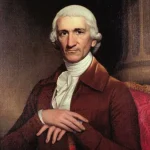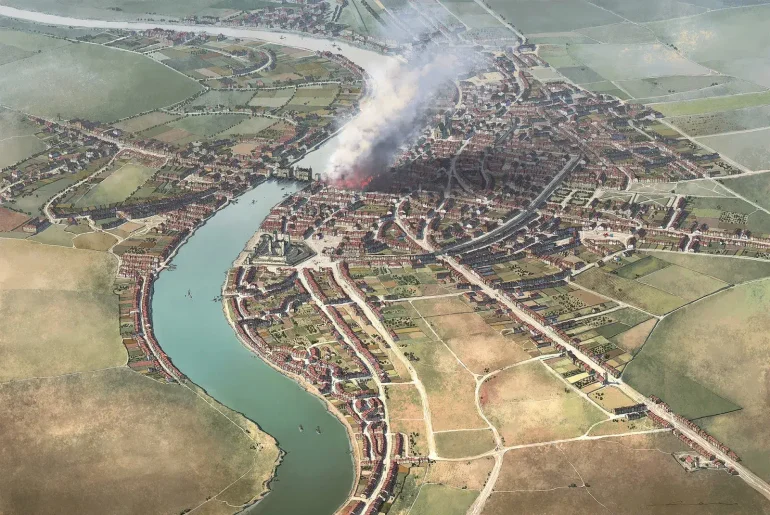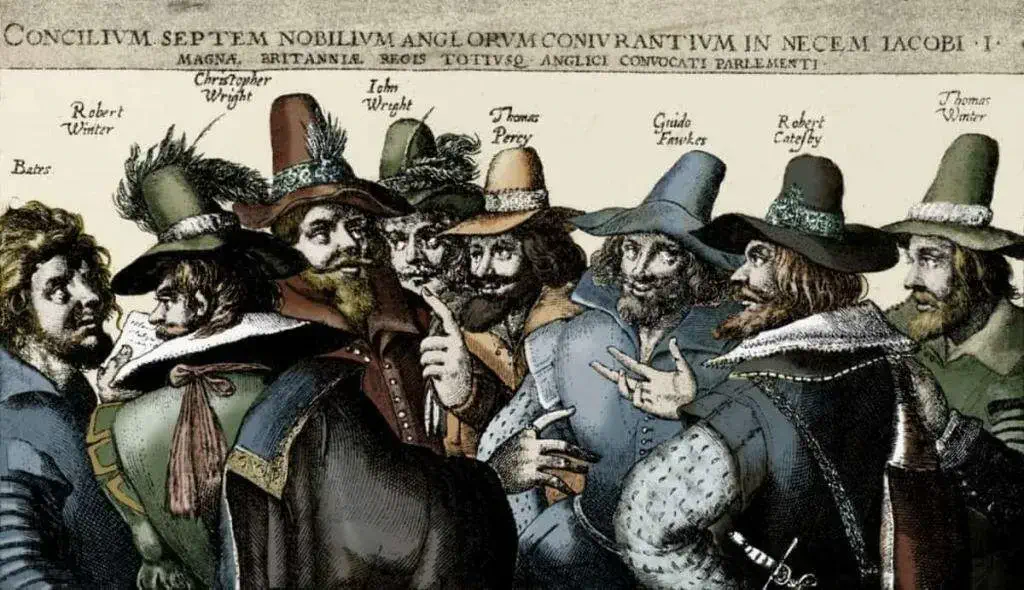
When you think of Guy Fawkes, you probably picture the iconic mask made famous by the film V for Vendetta and the chant
“Remember, remember, the Fifth of November…”
But who really was Guy Fawkes? And what’s the true story behind the Gunpowder Plot that shook England to its core in 1605? Let’s journey back to a time of political conspiracy, religious persecution, and a plot that could have changed the course of British history forever.
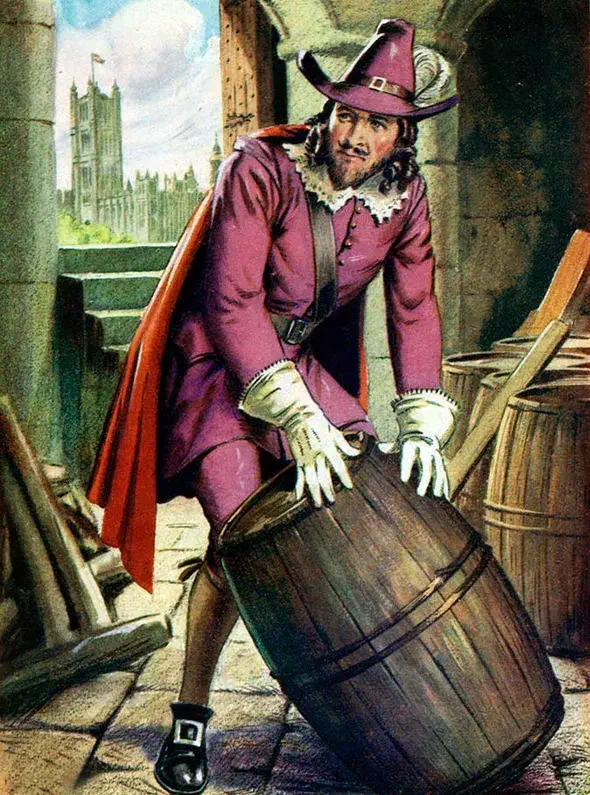
England’s Dark Divide: The Roots of Rebellion
In the early 1600s, England was a nation divided. After years of religious conflict, the country had become overwhelmingly Protestant under the rule of Queen Elizabeth I. Catholics faced severe oppression: they were fined, ostracized, and in some cases, tortured for practicing their faith.
When King James I ascended the throne in 1603, many Catholics hoped for relief. But James, despite initial promises, continued to persecute Catholics, deepening their frustration and pushing some towards desperate measures.
The Plot Unfolds: A Radical Plan
Robert Catesby, a passionate Catholic, became the mastermind behind a daring plan: blow up the Houses of Parliament during the State Opening on November 5, 1605. The goal? Assassinate King James I, his family, and key government figures in one swift, explosive moment, paving the way for a Catholic uprising.
Guy Fawkes, a soldier with experience in explosives, was recruited to guard the barrels of gunpowder hidden beneath Parliament.
• 36 barrels of gunpowder were smuggled into a cellar under the House of Lords.
• The conspirators carefully timed the explosion to coincide with the King’s presence.
• Their vision: ignite a revolution that would return England to Catholic leadership.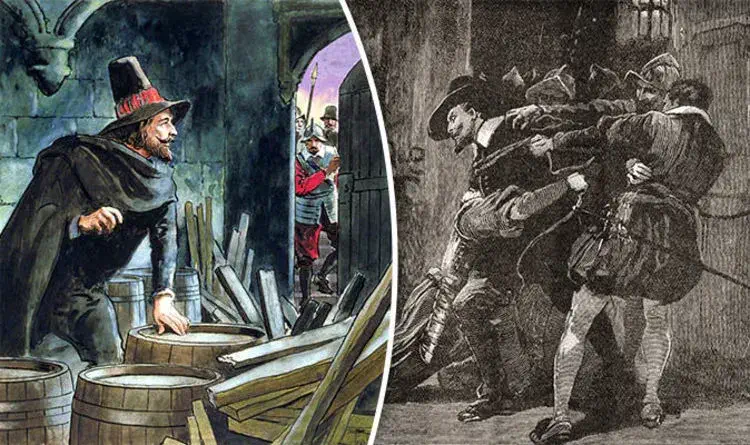
A Whisper That Changed History
The plot might have succeeded, but an anonymous letter, believed to have been sent to a Catholic Lord, warned him to stay away from Parliament on November 5. This tip-off reached the authorities. A midnight search revealed Guy Fawkes guarding the explosives.
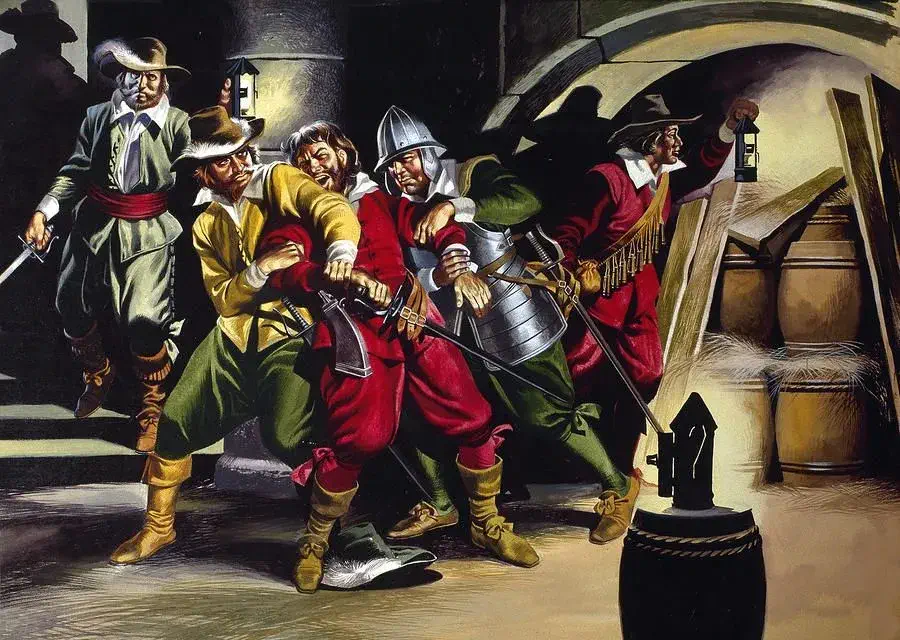
He was arrested, tortured, and eventually confessed, exposing the entire network of conspirators. The punishment was brutal: Guy Fawkes and his co-conspirators were executed in January 1606, their bodies publicly mutilated as a warning to others.
Guy Fawkes: The Man, the Myth, the Symbol
Ironically, the man who became the face of the plot wasn’t the leader but merely the explosives expert. Over time, Guy Fawkes became a symbol—first as a villain, then as a cultural icon representing rebellion against tyranny.
Today, Guy Fawkes Night (Bonfire Night) is celebrated every November 5th across the UK, with fireworks, bonfires, and burning effigies of Fawkes. Yet, in popular culture, especially through the influence of the V for Vendetta mask, Fawkes is now often viewed as a symbol of protest, resistance, and freedom.
Beyond the Fireworks: What Does It All Mean?
The Gunpowder Plot is more than just an old story—it’s a powerful reminder of:
• The dangers of political and religious extremism.
• How governments use failed plots to tighten control.
• How history can transform villains into heroes, and rebels into icons.
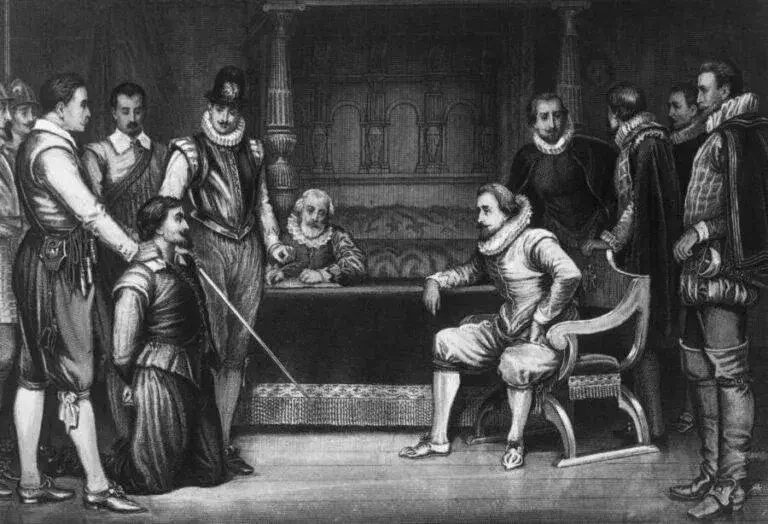
Guy Fawkes’ legacy lives on, not in the ashes of a failed explosion, but in the ongoing global conversation about power, resistance, and the right to challenge authority.
So the next time you hear,
“Remember, remember, the Fifth of November…”
pause and truly remember—not just the plot, but the deeper story of fear, faith, and the fragile balance of power.
👉 Did you find this story intriguing? Check out more untold chapters of history on axrota.com. Dive into the moments that shaped the world!

